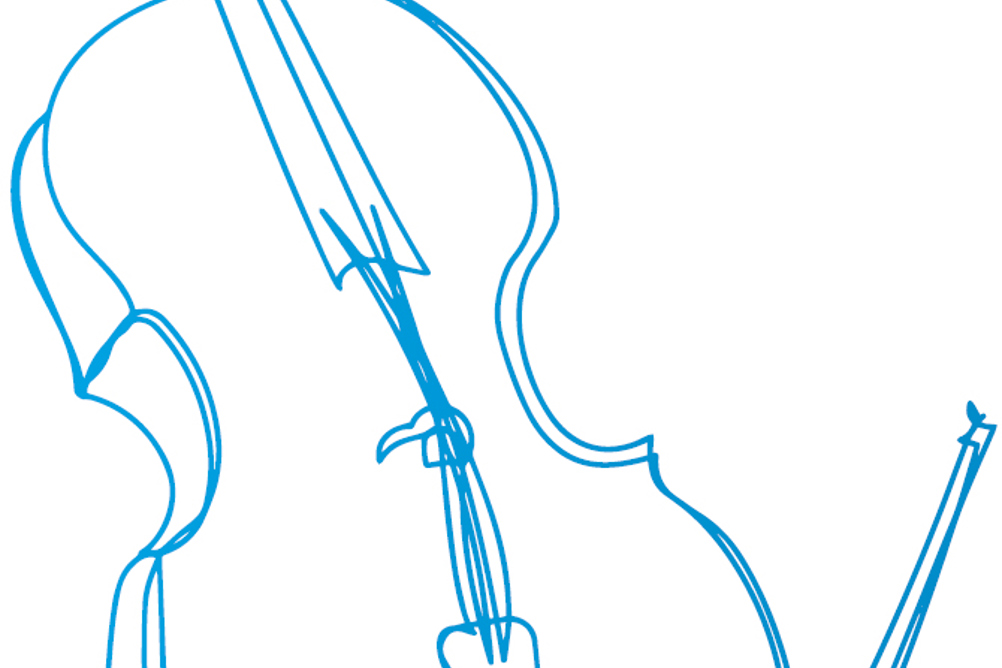
Let’s start the ball rolling with controversy: a devil’s advocate has been waiting in the wings in my part of the teaching world for long enough. It comes down to this: learning to play a string instrument in the early stages is much harder than approaching any other of the families of instruments.
Counting the main reasons to support my motion to the Music Teacher house of experts, it seems straightforward:
I suppose that if I were to expand the argument in favour of cellists, I would add this: it’s incredibly demanding to ask small learners to manage the sheer bulk of a cello, even if it’s a tiny one; and the strength needed to hold down a cello string, while also applying enough pressure on the bow to produce any kind of sound, is more than we are asking from small violinists. Then there is the added factor of distance: the fingerboard is so much longer than the violin’s, meaning greater margin for error.
Register now to continue reading
Register to the Music Teacher website today to read more of the latest news and developments from the world of music education.
You’ll receive:
-
Free access to 4 subscriber-only articles per month
-
Email newsletter providing advice and guidance across the sector
Already have an account? Sign in here




